Junkyard Find: 1985 Mazda RX-7

Back when I reviewed the final Mazda RX-8, I ranted on at some length about my envy of my RX-7-driving college classmates who were the rich sons of high-ranking South Vietnamese military officers and government officials. Still, except when I was shopping for a Mazda rear end for my 20R Sprite Hell Project, I haven’t paid much attention to the many RX-7s I’ve seen in wrecking yards over the years. First-gen examples aren’t uncommon even today; here’s an ’85 I found in a Denver yard last week.
It didn’t quite manage to get to 150,000 miles. That speedometer looks more 2000s than 1980s; Mazda wasn’t as much into Mars Base-style instruments as the other Japanese manufacturers of the era.
The interior is worn, but not nearly as beat as most mid-80s cars I see around here.
The good old Mazda 12A Wankel engine.
You’ll find one in every car, kid. You’ll see.

Murilee Martin is the pen name of Phil Greden, a writer who has lived in Minnesota, California, Georgia and (now) Colorado. He has toiled at copywriting, technical writing, junkmail writing, fiction writing and now automotive writing. He has owned many terrible vehicles and some good ones. He spends a great deal of time in self-service junkyards. These days, he writes for publications including Autoweek, Autoblog, Hagerty, The Truth About Cars and Capital One.
More by Murilee Martin
Latest Car Reviews
Read moreLatest Product Reviews
Read moreRecent Comments
- AZFelix Let's forego all of this dilly-dallying with autonomous cars and cut right to the chase and the only real solution.
- Zelgadis Elantra NLine in Lava Orange. I will never buy a dirty dishwater car again. I need color in my life.
- Slavuta CX5 hands down. Only trunk space, where RAV4 is better.
- Kwik_Shift_Pro4X Oof 😣 for Tesla.https://www.naturalnews.com/2024-05-03-nhtsa-probes-tesla-recall-over-autopilot-concerns.html
- Slavuta Autonomous cars can be used by terrorists.




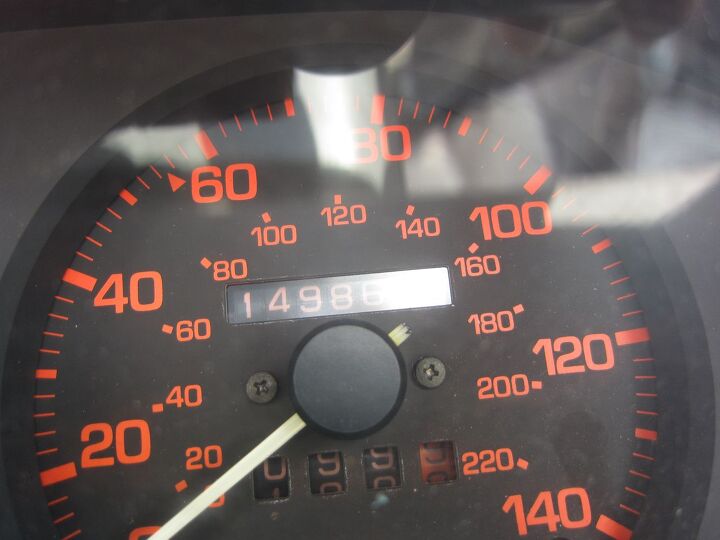






















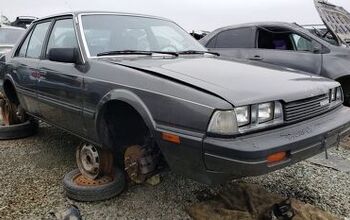

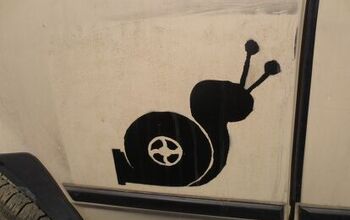
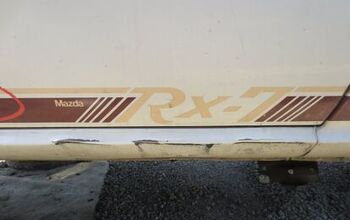





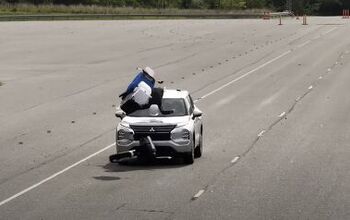








Comments
Join the conversation
Mark MacInnis, the Buick V6 conversion was popular for the TR7. John's Cars here in Dallas still does a kit, although they're best known for their Chevy to Jaguar work. http://www.johnscars.com/ Man, this makes me pine for my '79 RX-7 GS. Not the fastest, but you could make them take a corner like a road grader with some work.
I've owned six of these 1st gens. (an 81, two 82s, an 84 and two 85s), all with the 12A and all with the GSL (known as the Gx in Canada prior to 84)option package. The car's biggest isuue wasn't the engine (which was quite bullet-proof with regular oil changes. RUST was this car's Achilles heel. In fact, between the six cars I only owned five engines. I have however torn down several 12As purchased from junk yards and irresponsible former owners. Some I re-built (an easy task if you know how, and most mechanics don't), others were beyond economic repair-- the cost of replacement housings was astronomical, so if they were toast the rebuild cost spiked. Some things I learned: 1. The average accumulated mileage on these engines (including all of those whose owners never bothered to even check the oil let alone change it) was pretty close to the 150,000 mile figure or thereabouts indicated in the above story. But the average mileage for those owners who had regular oil changes and top-ups (the 12A uses about 1/2 quart of its oil supply every 1000 miles or so to lube the apex seals) and who had the foresight to replace the oil metering pump every 100,000 miles was upwards of 200,000 miles. This durability was as good as that of anything else being built back then, and even as good as that of many cars being built today. 2. Not all rebuilds are created equal. Pulled a rotary apart and only replaced the seals, ignoring the wear on the irons and flaking edges on the chromed rotor housing running surfaces? Expect no more than another 40,000 miles before the next teardown. Engines re-built with re-surfaced and nitrided irons, decent (non-flaking) rotor housings and new thrust bearings/spacers will last much longer, but for a true "zero-timed" rebuild you'll need new irons as well. Mazda nitrided these in such a manner that the running surfaces for the oil seals on the sides of the rotors could "break in" properly. This involved less hardening in these areas and more hardining farther out from the centers. Look at a new iron from Mazda and you'll see what I mean- there's a visible ring in the mirror-smooth surface of the iron. Of course, this rebuild will cost you, and there's no guarantee that a re-built purchased even from a Mazda dealership (they farm out their rebuilds to others)will have all new irons and housings. But if ya want something done right, ya gotta DIY... 3. These cars seriously needed some type of warning light to indicate if the oil metering pump (OMP) was on the fritz. Like timing belts on piston engines, there is no way to tell how much life they have left in them before they pack it in without taking them out and disassembling them for inspection. Best to just replace them at 100,000 miles to be on the safe side, because once the OMP quits pumping the apex seals no longer receive lube and then get unceremoniously ejected via the exhaust ports, taking several hundred (or thousand) bucks worth of rotors, housings and irons with them. 4. Speaking of exhaust, if you live in a province or state that requires annual emission testing a new catalytic converter or three will cost you thousands. There are a few aftermarket ones that will withstand the rotary's heat and pressure long enough to get through the test station, but they're often loud enough to get you a ticket and/or will only last a few months before melting. You've been warned. 5. The good news is that these 1st-gen Rx7s were as reliable and durable as any 1985 Corolla or Civic. the bad news is that these 1st-gen Rx7s are as reliable and durable as any 1985 Corolla or Civic. These cars are OLD. Anything under the hood made from rubber or plastic is cracked, brittle and leaking like a sieve. Exhaust leaks are the bane of these engines, causing them to idle like a bag of sh!t and resulting in hotter running temps. 6. Busted a rad or heater hose en route? Stop immediately, shut down and call a tow truck. Don't you DARE try to make it to that next service station five minutes away. If you do, the engine will quickly overheat. It won't quit on you, but you'll have warped the housings, causing the coolant seals to spring leaks and requiring a complete engine teardown. If you're lucky you'll get a few more months out of the engine before the leaking starts and kills it. If you're unlucky that service station you drove to will be that engine's last port of call before teardown. And warped housings cannot be reused. 7. If your 1st gen is an '83 through '85 with the 12A it will have the "bee-hive" style oil cooler, an air-to-coolant-type unit mounted on the L/H side of the engine next to the firewall. Get rid of this piece of garbage and install a proper under-rad-mounted 79 through 82-type large rectangular oil cooler. Mazda switched to the beehive in a cost-saving wet dream gone bad, but changed back to the tried and true on the '84 to 85 GSL-SE 13B engines and all subsequent rotaries after 1985.